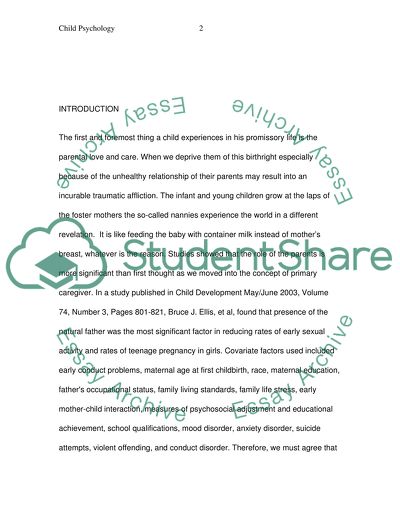Cite this document
(“I was about six years old when I first realised Mum and Dad were Essay”, n.d.)
I was about six years old when I first realised Mum and Dad were Essay. Retrieved from https://studentshare.org/miscellaneous/1514402-i-was-about-six-years-old-when-i-first-realised-mum-and-dad-were-fighting-mullender-et-al-2002-what-does-current-research-and-practice-say-about-the-effects
I was about six years old when I first realised Mum and Dad were Essay. Retrieved from https://studentshare.org/miscellaneous/1514402-i-was-about-six-years-old-when-i-first-realised-mum-and-dad-were-fighting-mullender-et-al-2002-what-does-current-research-and-practice-say-about-the-effects
(I Was about Six Years Old When I First Realised Mum and Dad Were Essay)
I Was about Six Years Old When I First Realised Mum and Dad Were Essay. https://studentshare.org/miscellaneous/1514402-i-was-about-six-years-old-when-i-first-realised-mum-and-dad-were-fighting-mullender-et-al-2002-what-does-current-research-and-practice-say-about-the-effects.
I Was about Six Years Old When I First Realised Mum and Dad Were Essay. https://studentshare.org/miscellaneous/1514402-i-was-about-six-years-old-when-i-first-realised-mum-and-dad-were-fighting-mullender-et-al-2002-what-does-current-research-and-practice-say-about-the-effects.
“I Was about Six Years Old When I First Realised Mum and Dad Were Essay”, n.d. https://studentshare.org/miscellaneous/1514402-i-was-about-six-years-old-when-i-first-realised-mum-and-dad-were-fighting-mullender-et-al-2002-what-does-current-research-and-practice-say-about-the-effects.


